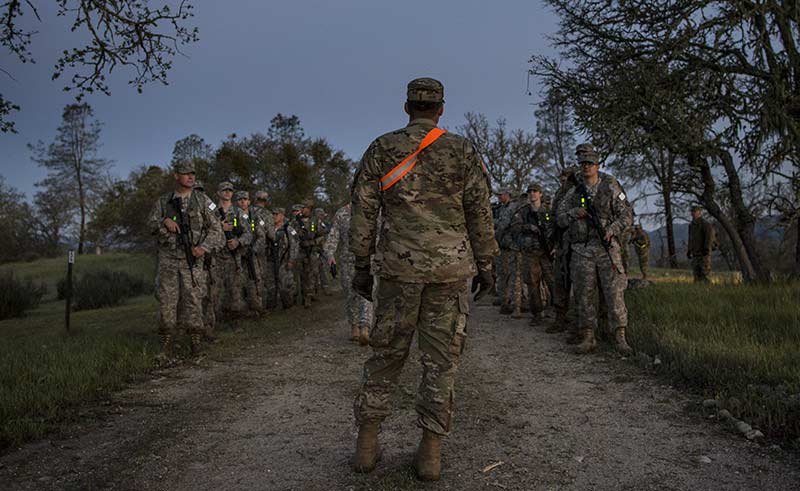Factors to Assess: Actors
Counterproductive leadership always occurs in the context of a relationship. The actors in the situation are the leader demonstrating the counterproductive behaviors, the recipient of those behaviors, and any observers of the exchange. It’s important to look at the characteristics of each.
Leader Characteristics

Certain personal characteristics can make leaders more susceptible to demonstrating counterproductive leadership. As you review these characteristics, keep in mind that it’s not your responsibility to uncover the deeper motives behind a leader’s behavior. But having an awareness of the potential “whys” behind the behavior may help you connect with the person and better inform how you address the behavior.
Past History
Some leaders may be more susceptible to exhibiting counterproductive leadership due to the personal experiences they’ve had both on and off the job.
For instance, they may have a history of having been “bullied” themselves and overcompensate for low self-esteem by bullying others. Alternatively, some individuals may not have learned how to effectively handle anxiety or cope with stress and may respond to stressful situations with counterproductive leadership behaviors rather than more effective techniques.
Personality
Leaders who tend to frequently exhibit counterproductive leadership may have some personality traits in common. These traits may include narcissism, vengefulness, anxiety, passive-aggressiveness, paranoia, insecurity, neuroticism, domineeringness, or low self-esteem.
Adaptability
Leaders may struggle to adapt their behaviors as they move up in leadership levels, move to different settings, or interact with different subordinates. Some behaviors that may be labeled as “counterproductive” in one situation or with one subordinate can actually be effective in other situations or with other subordinates. For example:
- The same behaviors that were effective as a first line leader may be perceived as micromanaging at the strategic level of leadership. The essence of leadership is knowing how to tailor your approach and style to the situation and the audience.
- Arrogance is another factor that frequently derails leaders. Confidence is a positive attribute that often propels people forward and gets them promoted; however, when taken to the extreme or not adjusted to the situation, it becomes arrogance, which is counterproductive and can negatively impact individuals, the unit, or the organization. It’s a negative that grows from a positive.
Response to Feeling Threatened
Some leaders may revert to counterproductive leadership when they believe their ego or position is being threatened. Some researchers have even linked these behaviors to how people are hardwired to respond to threats and survival pressures like losing their status.
Recipient Characteristics

Select each recipient characteristic to learn how it can make individuals susceptible to being on the receiving end of counterproductive leadership. As you consider your own situation, remember to validate your assessment with someone you trust.
Personality
The recipient may have traits that make him or her more or less susceptible to experiencing counterproductive leadership.
How does personality make one susceptible?
Individuals may be more susceptible to being exposed to counterproductive behaviors due to personality traits, such as being easily angered, anxious, or even conscientious or confident. Thus, the recipient’s personality may initially contribute to the leader targeting him or her or to its escalation over time.
Cognitive Ability
The recipient may be higher in cognitive ability or be perceived as smarter.
How does cognitive ability make one susceptible?
The leader may feel as if his or her ego or status is being threatened, or may fear being “outshined” by peers or subordinates. This might provoke the leader to display counterproductive leadership.
Competence
The recipient may be inexperienced or not yet fully proficient in his or her duties.
How does competence make one susceptible?
Leaders are accountable for the successes and failures of tasks within the scope of their responsibility. A leader may have low tolerance for mistakes, and thus low trust in inexperienced subordinates. The leader may also view the potential mistakes as harmful to the mission, unit, or his or her reputation, which may cause the leader to react negatively toward inexperienced subordinates. The leader may berate a subordinate who makes a mistake, micromanage, or exhibit other counterproductive leadership behaviors.
Observer Characteristics

The presence of observers may also cause the leader to increase his or her use of counterproductive leadership behaviors. Why?
- Certain observers may put the leader in a negative frame of mind, which might make him or her feel angry, irritated, nervous, or fearful.
- The leader may want to impress an observer, for instance, by showing how disciplined or decisive he or she is.
Both of these may cause leaders who are less secure or capable to engage in counterproductive leadership behaviors as a way of coping with these negative emotions, and lash out at those around him or her. As a result, observers often experience many of the same negative effects of counterproductive leadership as direct recipients of the behaviors.